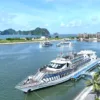What You Need for a Halong Bay Trip by Car: A Complete Self-Drive Guide
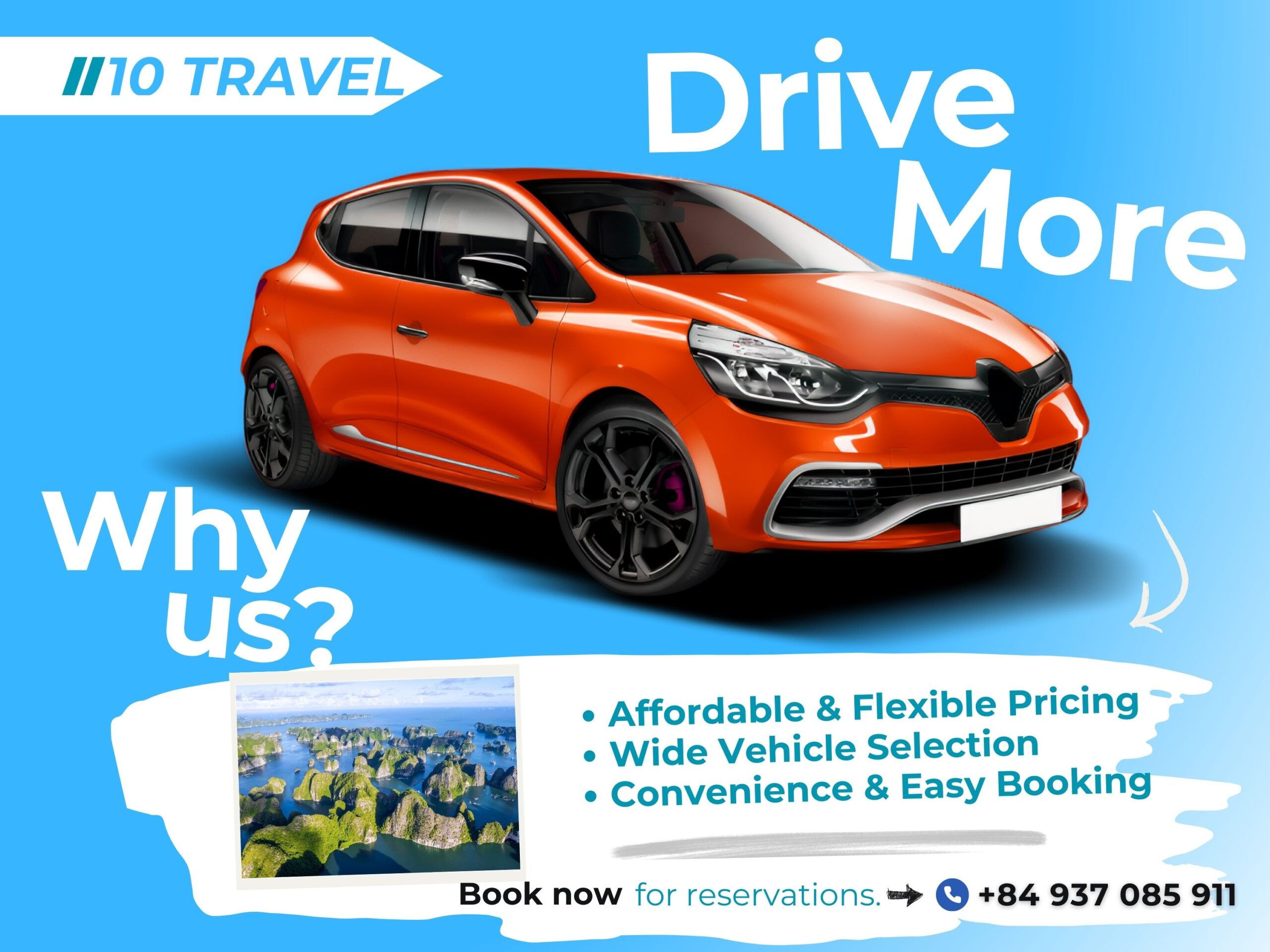
Halong Bay is on almost every traveler’s Vietnam bucket list, famous for its emerald waters, limestone karsts and UNESCO World Heritage status. While most visitors book a tour or shuttle from Hanoi, more and more travelers are considering a Halong Bay trip by car, driving themselves.
But is it really doable? Absolutely, if you prepare properly. Driving to Halong Bay gives you freedom, flexibility and the chance to discover hidden gems along the way. However, it also requires careful planning. In this guide, we’ll walk you through everything you need for a smooth, enjoyable self-drive Halong Bay trip: from car prep and documents to routes, essentials and insider tips.
Why Choose a Self-Drive Halong Bay Trip?
Most tours from Hanoi to Halong are well-organized, but they often feel rigid. Choosing to drive yourself has clear benefits:
-
Flexibility and independence: Stop when and where you like coffee shops, local food stalls or scenic photo spots.
-
Scenic routes: Driving through Red River Delta rice paddies and fishing villages offers a different perspective.
-
Time efficiency: Leave Hanoi when it suits you, not when the tour bus dictates.
-
Cost savings: If you’re traveling with family or friends, self-driving can be cheaper than booking per-person tours.
For travelers who enjoy freedom and adventure, a self-drive Halong Bay trip is worth considering.
Preparing Your Car and Travel Documents
Before hitting the road, preparation is key.
Car Condition Checklist
-
Check tires, brakes and engine oil.
-
Make sure headlights and brake lights are working (especially if driving early morning or evening).
-
Fuel up—while gas stations are frequent, it’s best to start with a full tank.
-
Ensure GPS or navigation is set up before leaving Hanoi.
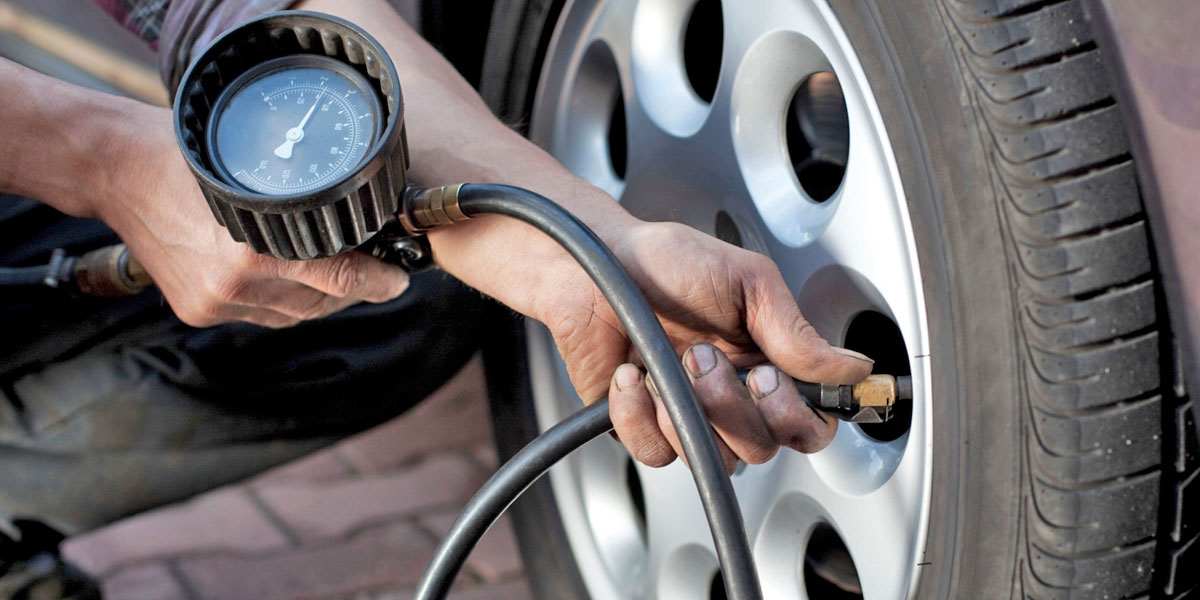
Legal Documents You’ll Need
-
Valid driver’s license (foreigners need an International Driving Permit recognized in Vietnam).
-
Car registration papers.
-
Car insurance documents.
-
Passport copy (in case of roadside checks).
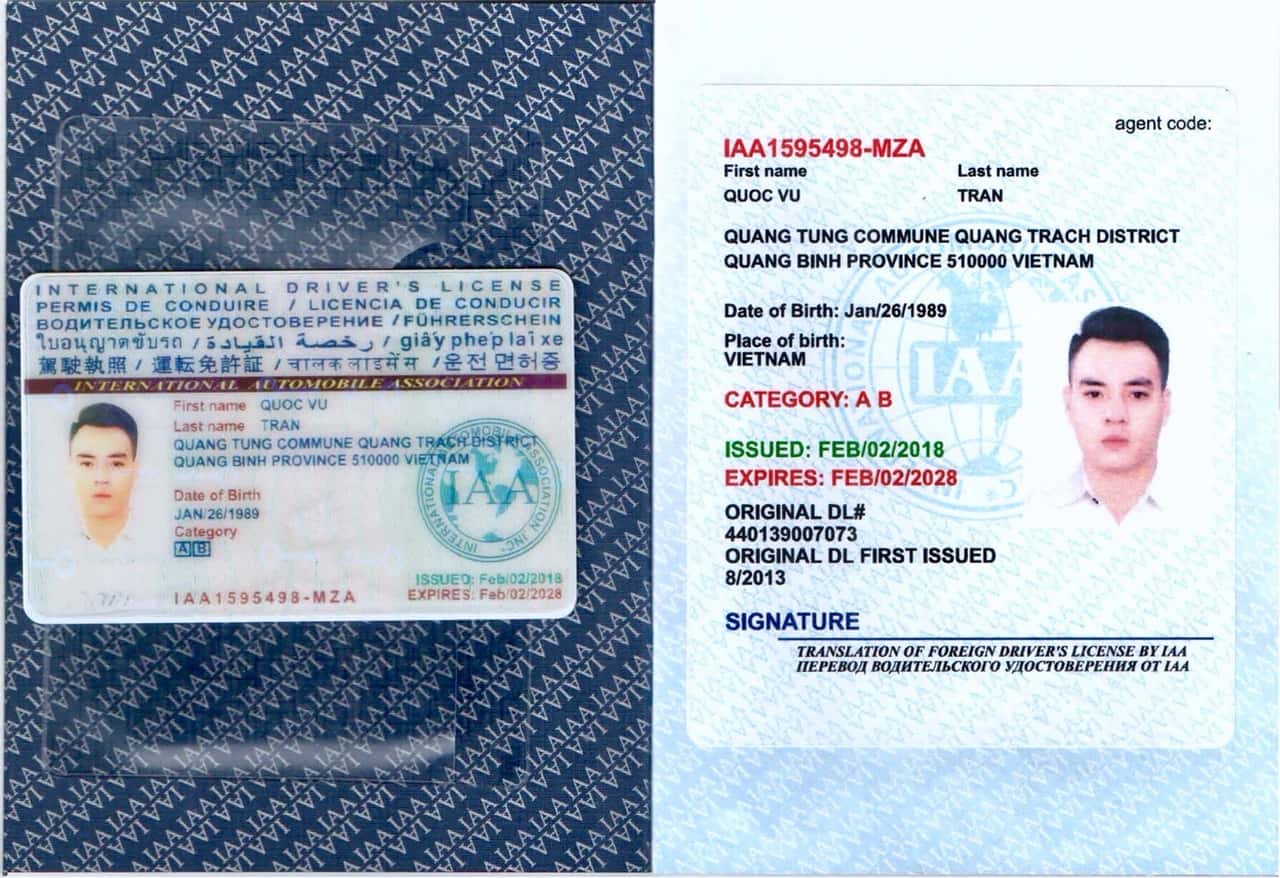
Parking Availability in Halong
Parking in Halong is straightforward:
-
Bai Chay: multiple hotel and beachside lots.
-
Hon Gai: local parking areas, usually cheaper.
-
Cruise ports (Tuan Chau, Halong International Cruise Port): dedicated parking for visitors joining cruises.
You pay Superior double room price but you get Suite executive room.
Route Options from Hanoi to Halong Bay
The Hanoi–Halong distance is roughly 160 km (100 miles) and driving takes 2–3.5 hours, depending on your chosen route.
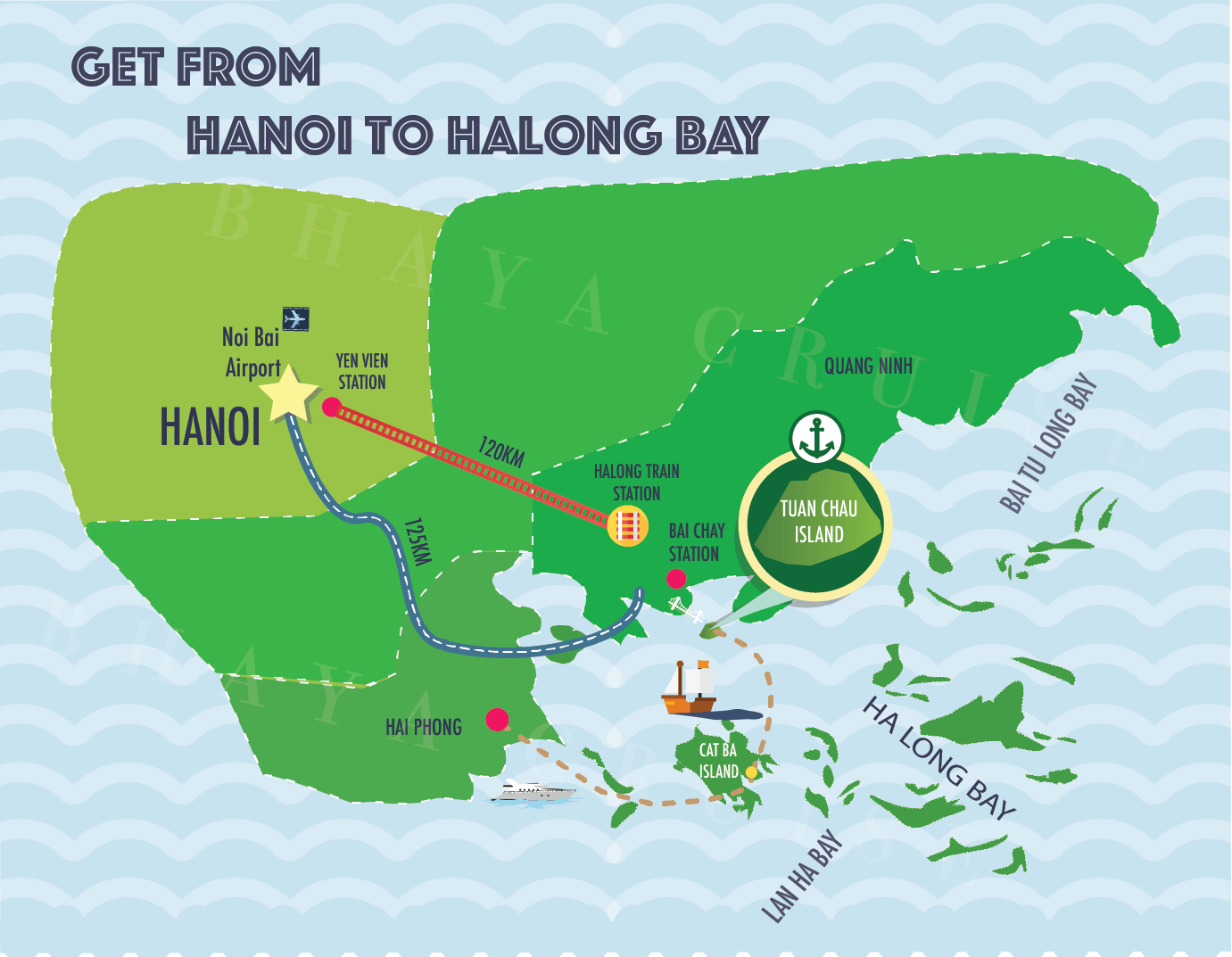
Highway 5B (Hanoi–Hai Phong–Halong Expressway)
-
Fastest and most popular option.
-
2–2.5 hours of smooth driving on modern highways.
-
Multiple toll stations (expect ~250,000–300,000 VND in total fees).
Highway 18 (via Bac Ninh & Hai Duong)
-
Older route, takes 3–3.5 hours.
-
More scenic, passing through towns and rice fields.
-
Better for those who want to experience local life along the way.
Toll Fees & Estimated Costs
-
Tolls: 250,000–300,000 VND one way (~$10–12).
-
Fuel: ~300,000–400,000 VND round trip (~$12–15).
-
Total round-trip driving cost: ~1.2–1.5 million VND (~$45–60).
Essentials to Bring Along
Packing wisely makes the journey smoother.
Navigation Tools
-
Google Maps works well, but have an offline backup (Maps.me or downloaded Google Maps).
-
Waze is useful for real-time traffic updates in Vietnam.
Snacks and Water
-
Long stretches of the expressway lack options, so bring light snacks and bottled water.
Cash for Tolls and Fuel
-
Many toll stations still prefer cash.
-
ATMs are available along the way, but better to have small notes ready.
Emergency Kit
-
First aid kit (bandages, painkillers, motion sickness tablets).
-
Spare tire and basic tools.
-
Portable charger/power bank.
-
Flashlight and rain poncho (Vietnam weather is unpredictable).
Where to Stop Along the Way
A road trip isn’t just about the destination, It’s also about the stops.
-
Rest stops on Highway 5B: Modern stations with bathrooms, coffee and snacks.
-
Hai Duong: Famous for banh dau xanh (green bean cake), a tasty local souvenir.
-
Hai Phong (detour option): A lively port city with unique cuisine like crab noodle soup (banh da cua).
-
Scenic photo spots: Rice paddies and small villages along Highway 18 are perfect for authentic snapshots.

Parking and Getting Around in Halong
Once you arrive, knowing where to park saves time.
-
Bai Chay: Big parking areas near Sun World, Bai Chay beach and hotels.
-
Hon Gai: Smaller, cheaper parking lots near markets and residential areas.
-
Cruise Ports:
-
Tuan Chau Marina: Main departure point with large secure parking.
-
Halong International Cruise Port (Sun Group): Convenient for day cruises, right in Bai Chay center.
-
For short distances within Halong, you can use your car, walk or even download Grab (Vietnam’s version of Uber).
Tips for a Smooth Self-Drive Experience
-
Best time to depart: Leave Hanoi before 8:00 AM to avoid traffic jams and maximize your day in Halong.
-
Avoid peak weekends and holidays: Traffic can double your travel time during Tet or summer holidays.
-
Drive cautiously: Vietnamese roads can be unpredictable, expect sudden lane changes and motorbikes weaving.
-
Download helpful apps:
-
Grab (local ride-hailing if you don’t want to drive inside Halong).
-
Booking.com or Agoda for last-minute hotel bookings.
-
Weather apps to check Halong Bay conditions before committing to a cruise.
-
-
Know your limits: If you’re not confident driving in Vietnam, consider hiring a private car with driver instead, It’s still flexible but less stressful.
Pros and Cons of Driving Yourself vs Booking a Tour
Pros of Self-Drive
-
Total independence with timing.
-
Ability to explore local spots en route.
-
Cost-effective for groups or families.
Cons of Self-Drive
-
Navigation challenges, especially for foreigners.
-
Stress of tolls, traffic and parking.
-
Cruise bookings still need to be handled separately.
For first-timers, a tour may feel easier. But for adventurous, confident drivers, self-driving is rewarding.
What Brand of Car Should You Choose if You Go to Halong bay by Yourself?
Is a Self-Drive Halong Bay Trip for You?
A Halong Bay trip by car isn’t just about convenience, It’s about freedom. You can leave Hanoi when you want, stop for a bowl of noodles in Hai Duong, capture rice field landscapes and arrive in Halong at your own pace. What you’ll need is simple: a well-prepared car, the right documents, navigation tools, cash for tolls and a sense of adventure. Self-driving is best for:
-
Families or groups who want cost savings.
-
Experienced travelers who like flexibility.
-
Repeat visitors to Halong who want more than a packaged tour.
If you crave independence, it’s worth trying. But if you prefer stress-free logistics, booking a private car with a guide or joining a cruise tour may be the better choice. Either way, Halong Bay’s beauty from its limestone karsts to its hidden caves, will make the journey worthwhile.
Want both flexibility and comfort? Compare self-drive with private car and cruise packages.

